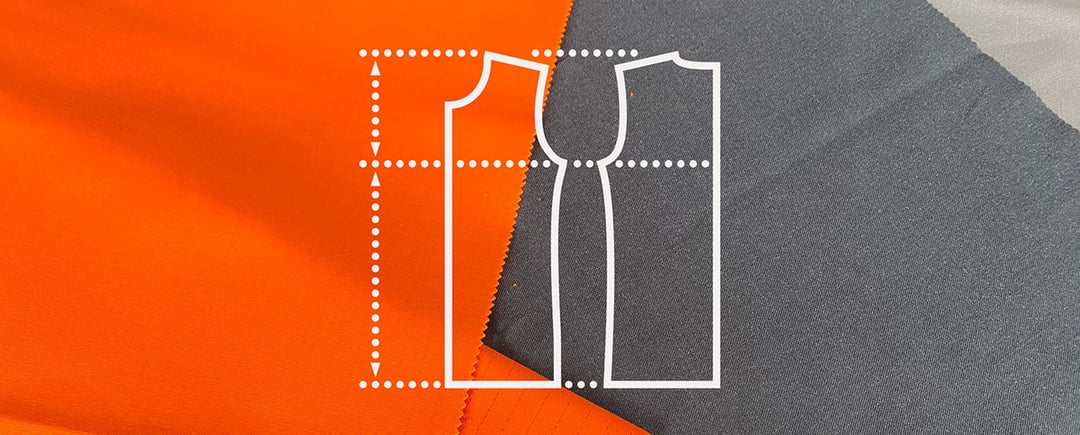Have you noticed the softer and more comfortable protective fabric solutions entering the market recently? While the new textile technology has been embraced, it’s still common to see these new fabrics used in traditional garment designs. This is a missed opportunity! To make optimal use of the new fabrics’ innovative properties, here are 3 key aspects to take into account when starting the protective workwear design process.
1. Can you get the fit right?
Within traditional protective workwear, fabrics can often be stiff and heavy. The garments made from these fabrics are typically boxy and less structured. But now that the latest protective fabrics are light-weight and supple (thanks to the use of smoother, silkier fibres such as natural TENCEL™ Lyocell fibres), they call for a more fitted approach to garment design.
Updating garment designs to provide the best protective workwear is crucial. Reusing the same designs developed for dense traditional fabrics can result in baggy, uncomfortable garments that the wearer may wear incorrectly, thus compromising their safety on the workfloor. The new flexible fabrics are best-suited for fitted, tailored garments that allow for freedom of movement all day long.
Don’t reuse your old garment designs when using new types of protective fabrics. A new tailored design will ensure your workers wear their garments safely, thanks to the right fit.
Example of two FR-fabrics and their behaviour. Left FR-fabric is light & soft, right FR-fabric is more stiff & heavy.
2. Are your designs actually comfortable?
Taking a nod from sportswear, the latest protective workwear trend is all about fitted, comfortable garments that allow movement and provide excellent moisture management all day long. Why is this important? Studies show that workers are less likely to wear their protective clothing correctly if it’s uncomfortable or hot. An incorrectly worn garment can be catastrophic in the event of an accident, making comfort an issue of safety compliance, not just a matter of preference.
These days, global companies are looking to present a unified image of their brand and their workforce. Providing workers with protective workwear designed for comfortable fit and feel is an excellent way to look good while maintaining compliance to safety norms on the workfloor.
3. Do your fabrics match up?
Each protective fabric has its own characteristics. When designing a garment that combines 2 or more fabric types, it’s crucial to lay the technical specs side by side and ask the following questions:
- Do all fabrics fulfill the required safety norms?
- Do they have the same levels of durability allowing them to hold up to frequent industrial washing at the same rate?
- Do they have the same colourfastness rating?
- Do they have the same lifespan length?
- Do they have similar levels of shrinkage?
With these questions in mind, it’s smart to bring fabric selection into the garment design process as early as possible.
Keep your designs fresh
The latest textile innovations are lighter and more flexible, so it’s key that garment design follows suit. Keep your designs fresh when using new fabrics for protective workwear. A custom design approach that takes superior fit and feel into account is best.
Curious to discover more hard trends in the protective workwear industry? Our 6 Industry Trends report is the perfect place to round out your knowledge.



![6 Industry trends [EN]](https://eu.tencatefabrics.com/hs-fs/hubfs/EU%20-%20Images%20website/EU%20-%20Mock-up%20nieuwe%20afmetingen/6%20Industry%20trends%20%5BEN%5D.png?width=170&name=6%20Industry%20trends%20%5BEN%5D.png)



.png?width=399&name=Untitled%20design%20(50).png)
